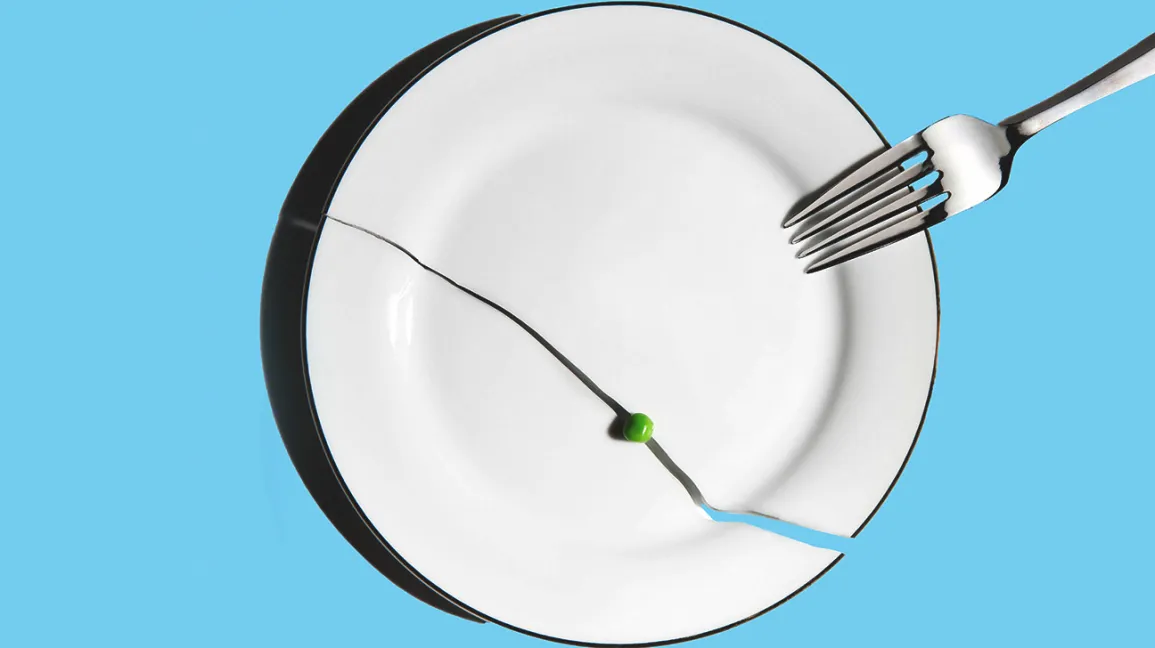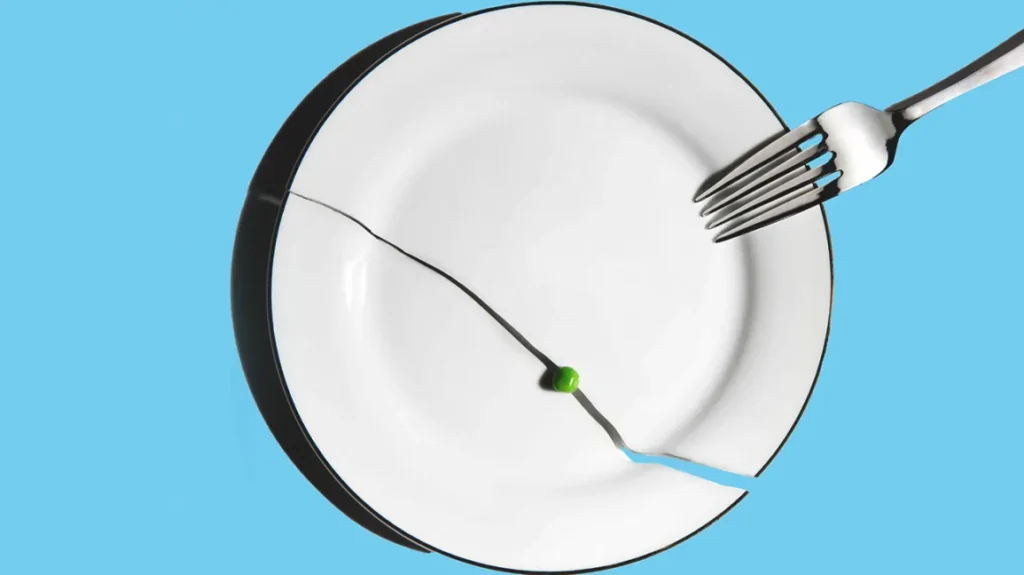Malnutrition is a global health concern affecting millions of individuals across various age groups. Breaking free from malnutrition requires a holistic approach that encompasses dietary choices, nutritional education, and lifestyle adjustments. This comprehensive guide aims to empower you with the knowledge and tools needed to overcome malnutrition and embrace a healthier, nourished life.
1. Understanding Malnutrition
a. Defining Malnutrition
- Malnutrition Types: Explore the different forms of malnutrition, including undernutrition, overnutrition, and micronutrient deficiencies.
- Global Impact: Understand the widespread impact of malnutrition on health and well-being.
b. Causes and Risk Factors
- Poor Dietary Choices: Identify how inadequate nutrition contributes to malnutrition.
- Socioeconomic Factors: Recognize the role of economic and social factors in malnutrition prevalence.
c. Consequences of Malnutrition
- Health Implications: Learn about the short-term and long-term health consequences of malnutrition.
- Impact on Growth and Development: Understand how malnutrition can affect physical and cognitive development.
2. Assessing Nutritional Needs
a. Understanding Dietary Guidelines
- National Guidelines: Familiarize yourself with your country’s dietary recommendations for different age groups.
- Food Pyramid or Plate: Use visual aids like food pyramids or plates to guide portion sizes.
b. Caloric Requirements
- Caloric Intake: Determine your daily caloric needs based on factors such as age, gender, and activity level.
- Balancing Macronutrients: Understand the role of carbohydrates, proteins, and fats in a balanced diet.
c. Micronutrient Necessities
- Essential Vitamins and Minerals: Identify key vitamins and minerals essential for overall health.
- Food Sources: Learn about food sources rich in micronutrients and incorporate them into your diet.
3. Adopting a Well-Balanced Diet
a. Building Nutrient-Rich Meals
- Colorful Plate: Opt for a variety of colorful fruits and vegetables to ensure a diverse nutrient intake.
- Whole Grains: Choose whole grains over refined grains for added fiber and nutritional value.
b. Incorporating Lean Proteins
- Plant-Based Proteins: Include plant-based protein sources like legumes, nuts, and seeds in your diet.
- Lean Animal Proteins: Choose lean cuts of meat and fish for quality protein.
c. Healthy Fats
- Omega-3 Fatty Acids: Include sources of omega-3 fatty acids, such as fatty fish and flaxseeds, for heart health.
- Limit Saturated and Trans Fats: Reduce the intake of saturated and trans fats found in processed and fried foods.
4. Nutritional Education and Awareness
a. Seeking Professional Guidance
- Consulting a Nutritionist: Consider consulting a registered dietitian or nutritionist for personalized advice.
- Educational Resources: Use reputable online resources, books, and articles to enhance your nutritional knowledge.
b. Understanding Food Labels
- Reading Nutrition Labels: Learn how to interpret nutrition labels to make informed food choices.
- Hidden Ingredients: Be aware of hidden sugars, additives, and preservatives in processed foods.
c. Mindful Eating Practices
- Portion Control: Practice portion control to prevent overeating and promote weight management.
- Slow and Enjoyable Meals: Take time to savor and enjoy your meals to enhance digestion and satisfaction.
5. Lifestyle Adjustments for Optimal Health
a. Hydration
- Importance of Water: Understand the crucial role of water in overall health and well-being.
- Hydration Habits: Establish regular hydration habits by drinking an adequate amount of water throughout the day.
b. Physical Activity
- Exercise Regularly: Engage in regular physical activity to support overall health and metabolism.
- Combining Exercise and Nutrition: Recognize the synergy between a balanced diet and physical activity for optimal results.
c. Stress Management
- Impact on Nutrition: Acknowledge the relationship between stress and dietary habits.
- Mind-Body Practices: Explore stress-reducing activities such as meditation, yoga, or deep breathing exercises.
6. Special Considerations for Different Age Groups
a. Infants and Children
- Breastfeeding and Formula Feeding: Understand the importance of breastfeeding and formula feeding for infants.
- Introduction of Solid Foods: Follow recommended guidelines for introducing solid foods to babies.
b. Adolescents and Teens
- Balancing Nutrient Needs: Address the unique nutritional needs of adolescents during periods of rapid growth.
- Educating Teens: Empower teenagers with nutritional knowledge to make informed food choices.
c. Adults and Seniors
- Nutrition for Aging: Consider the changing nutritional needs of adults and seniors.
- Calcium and Vitamin D Intake: Pay attention to calcium and vitamin D for bone health in the elderly.
7. Monitoring and Celebrating Progress
a. Regular Health Check-ups
- Blood Tests: Schedule regular blood tests to assess nutrient levels and overall health.
- Medical Professional Consultation: Consult healthcare professionals to interpret test results and make necessary adjustments.
b. Setting Realistic Goals
- Short-Term and Long-Term Goals: Establish achievable nutritional goals and celebrate milestones along the way.
- Behavioral Changes: Focus on sustainable behavioral changes rather than quick fixes.
8. Educating Others and Promoting Community Awareness
a. Sharing Knowledge
- Community Workshops: Participate in or organize workshops to educate others about proper nutrition.
- School and Workplace Initiatives: Advocate for nutrition programs in schools and workplaces.
b. Collaborating with Health Organizations
- Supporting Health Campaigns: Get involved in or support campaigns that raise awareness about malnutrition and healthy eating.
- Community Outreach: Collaborate with health organizations for community outreach initiatives.
In Conclusion
Breaking free from malnutrition involves a commitment to lifelong learning, healthy eating habits, and mindful lifestyle choices. By adopting a well-balanced diet, understanding nutritional needs, and making informed decisions, you can pave the way to optimal health and well-being. Use this comprehensive guide as a roadmap to nourish your life, empower others with knowledge, and contribute to a world where malnutrition is a thing of the past. Embrace the journey toward a healthier, more nourished you.

